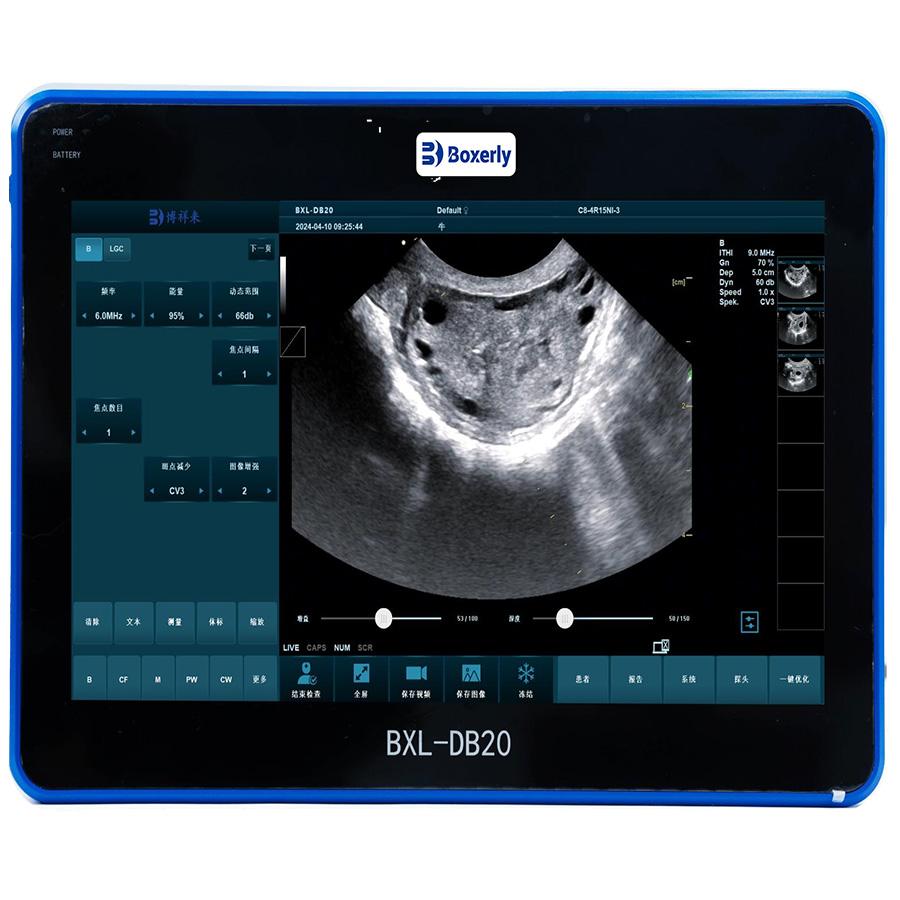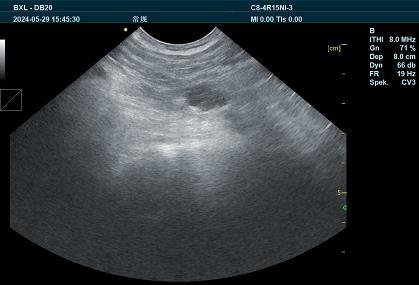Veterinary medicine has evolved significantly in recent years, with advancements in diagnostic imaging playing a crucial role in improving animal healthcare. Two of the most widely used imaging modalities are veterinary radiology and Veterinary ultrasound. These non-invasive diagnostic tools help veterinarians accurately assess a wide range of conditions in animals, from broken bones to organ abnormalities.

This article explores the roles of radiology and ultrasound in veterinary care, the differences between the two, and how they contribute to more effective diagnosis and treatment.
What is Veterinary Radiology?

Veterinary radiology refers to the use of X-rays to create detailed images of an animal’s internal structures. X-rays are a form of electromagnetic radiation that can penetrate tissues and provide images of bones, organs, and tissues.
Common Uses of Veterinary Radiology:
- Bone fractures: Radiographs are typically the first diagnostic tool used to assess broken bones, joint issues, or bone infections.
- Dental issues: Dental X-rays help veterinarians assess tooth and jaw health, particularly for animals prone to dental problems, such as dogs, cats, and horses.
- Tumor detection: Radiology can be used to identify abnormal growths or masses inside the body.
- Chest and lung evaluations: X-rays are often used to examine the chest, checking for signs of lung disease, heart abnormalities, or pneumonia.
What is Veterinary Ultrasound?
Veterinary ultrasound uses high-frequency sound waves to create real-time images of an animal's internal organs and soft tissues. Unlike X-rays, ultrasound provides detailed images of soft tissues, which makes it especially useful for examining internal organs such as the heart, liver, and kidneys.
Common Uses of Veterinary Ultrasound:
- Abdominal imaging: Ultrasound is frequently used to assess the liver, spleen, kidneys, bladder, and intestines.
- Cardiac evaluations (echocardiography): Ultrasound helps veterinarians assess heart function and detect conditions like heart disease or congenital defects.
- Pregnancy monitoring: Ultrasound is commonly used to confirm pregnancies and monitor fetal development in animals.
- Guided biopsies: Ultrasound can be used to guide needles for collecting tissue samples for further diagnostic testing.
Key Differences Between Veterinary Radiology & Ultrasound
While both radiology and ultrasound are essential imaging tools in veterinary medicine, they serve different purposes and offer unique benefits:
1. Type of Imaging
- Radiology: Best for visualizing bones, dental structures, and certain dense tissues.
- Ultrasound: Ideal for visualizing soft tissues and internal organs, and provides real-time, moving images.
2. Radiation Exposure
- Radiology: Uses ionizing radiation, which requires careful handling and safety precautions to minimize exposure to both animals and veterinary staff.
- Ultrasound: Completely safe and radiation-free, making it a preferred option for imaging during pregnancy or when repeated imaging is necessary.
3. Level of Detail
- Radiology: Provides clear, static images of structures like bones and joints but may offer limited detail for soft tissues.
- Ultrasound: Offers a higher level of detail for soft tissues, organs, and blood flow but is not effective for imaging bones.
How Veterinary Radiology and Ultrasound Work Together
Veterinary radiology and ultrasound often complement each other, providing a comprehensive picture of an animal’s health. In many cases, both techniques may be used together to get a clearer understanding of a condition.
For example:
- A radiograph may show an abnormal mass in the abdomen, prompting the veterinarian to use ultrasound for a more detailed examination of the mass and surrounding tissues.
- A chest X-ray might reveal fluid buildup around the heart, while echocardiography (ultrasound) provides more information about heart function and any underlying issues.
The Benefits of Using Radiology and Ultrasound in Veterinary Medicine
Integrating veterinary radiology and ultrasound into diagnostic procedures offers several key benefits:
- Non-Invasive Diagnosis: Both imaging modalities allow veterinarians to assess internal structures without the need for invasive surgery, minimizing risks for the animal.
- Accurate Diagnoses: By using radiology and ultrasound, veterinarians can make more accurate diagnoses, leading to more targeted treatments and better outcomes.
- Faster Treatment: Advanced imaging enables quicker diagnosis of conditions like fractures, tumors, or organ dysfunction, ensuring timely and effective treatment.
- Improved Monitoring: Both radiology and ultrasound are valuable for monitoring the progress of treatments or the development of certain conditions over time.
Specialized Training in Veterinary Radiology and Ultrasound
Because veterinary radiology and ultrasound are complex diagnostic tools, proper training is essential. Veterinary professionals, including veterinarians and veterinary technicians, often undergo specialized courses to develop expertise in these imaging techniques.
Radiology Training:
- Courses in veterinary radiology focus on understanding X-ray technology, safety procedures, image interpretation, and practical applications in clinical settings.
Ultrasound Training:
- Veterinary ultrasound classes cover the operation of ultrasound machines, scanning techniques, image interpretation, and specific uses such as abdominal or cardiac ultrasounds.
Veterinary practices with trained radiology and ultrasound specialists can offer higher-quality diagnostic services, improving patient care and attracting more clients.
Choosing the Right Imaging Modality for Your Pet
If your pet requires diagnostic imaging, your veterinarian will recommend the best modality based on the suspected condition. Radiology is often used for initial diagnostics, particularly for bone or chest issues, while ultrasound may be used for further investigation of soft tissues or internal organs.
Questions to Ask Your Veterinarian:
- Why is this imaging necessary for my pet?
- What will the radiographs or ultrasound images tell us about my pet’s condition?
- Are there any risks associated with the procedure?
Conclusion
Veterinary radiology and ultrasound are indispensable tools in modern animal care, helping veterinarians diagnose and treat a wide range of conditions with precision. By understanding the strengths of each imaging modality and how they work together, veterinary professionals can provide better care for their patients and ensure quicker recovery times.
If your pet needs diagnostic imaging, consult with your veterinarian to determine the most appropriate option. Both radiology and ultrasound offer critical insights that can lead to more effective and tailored treatments for your furry family members.








